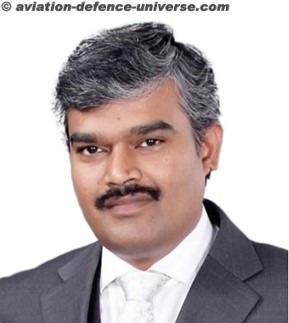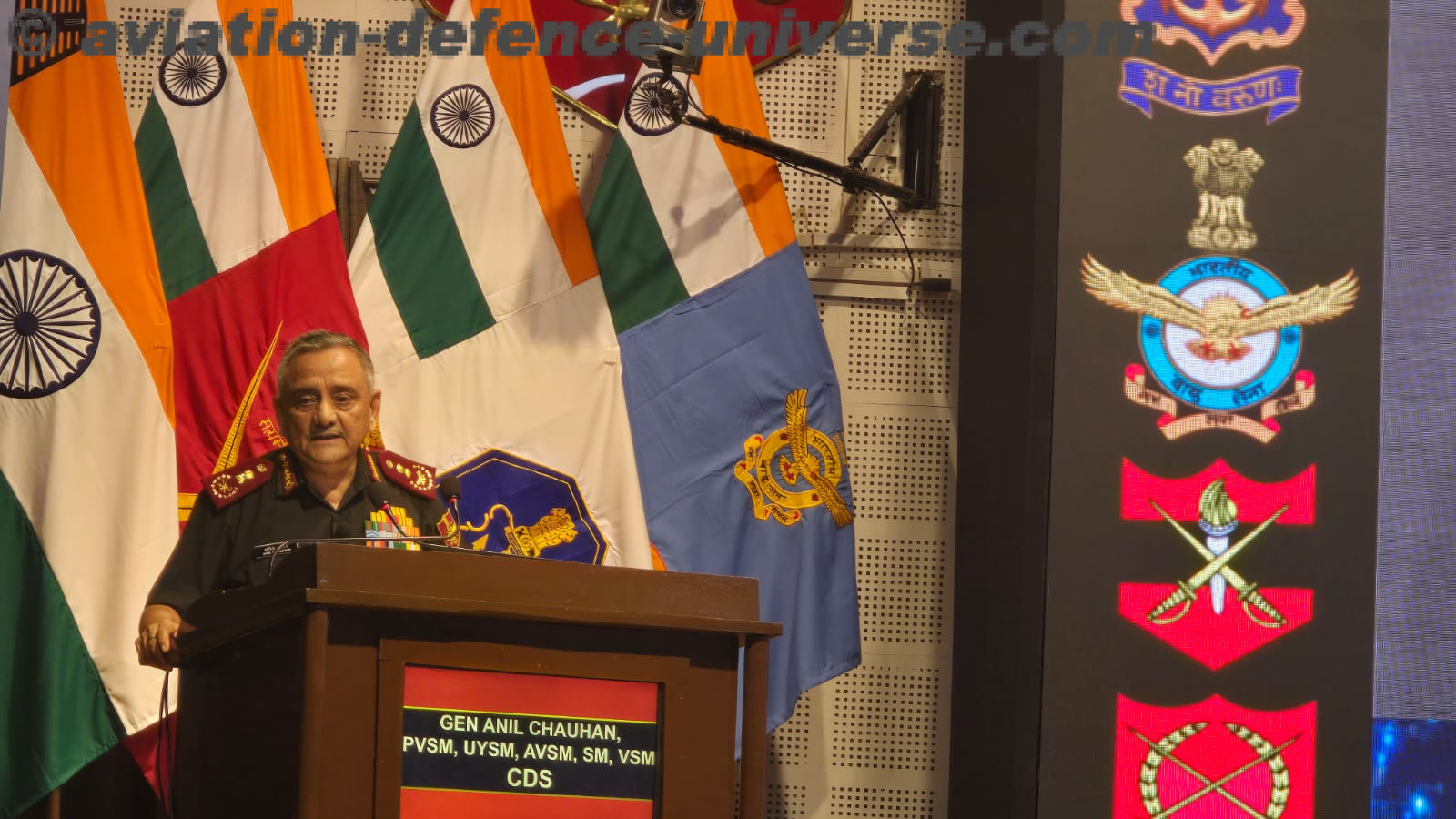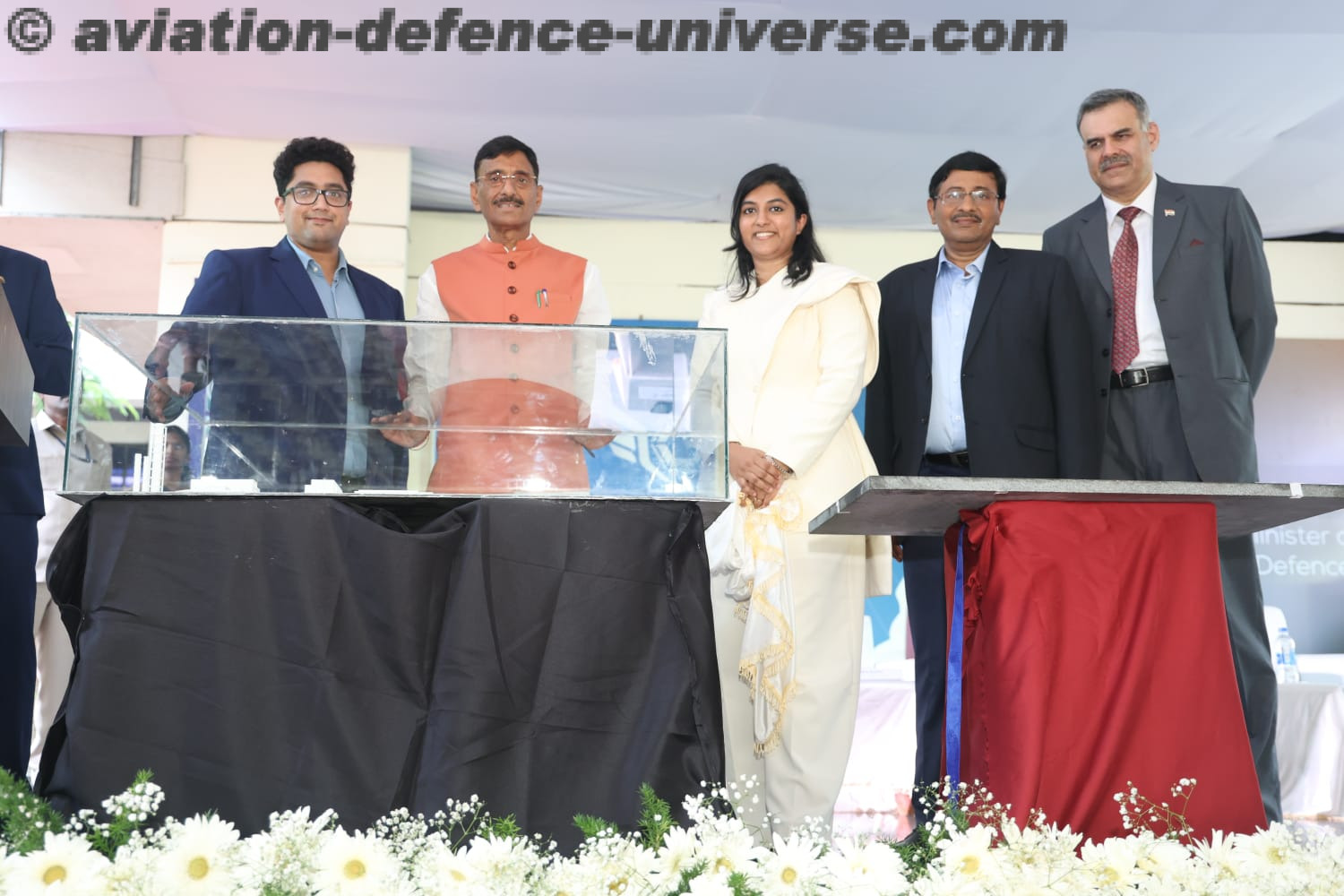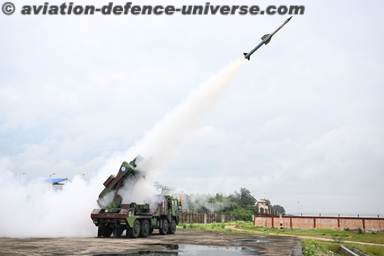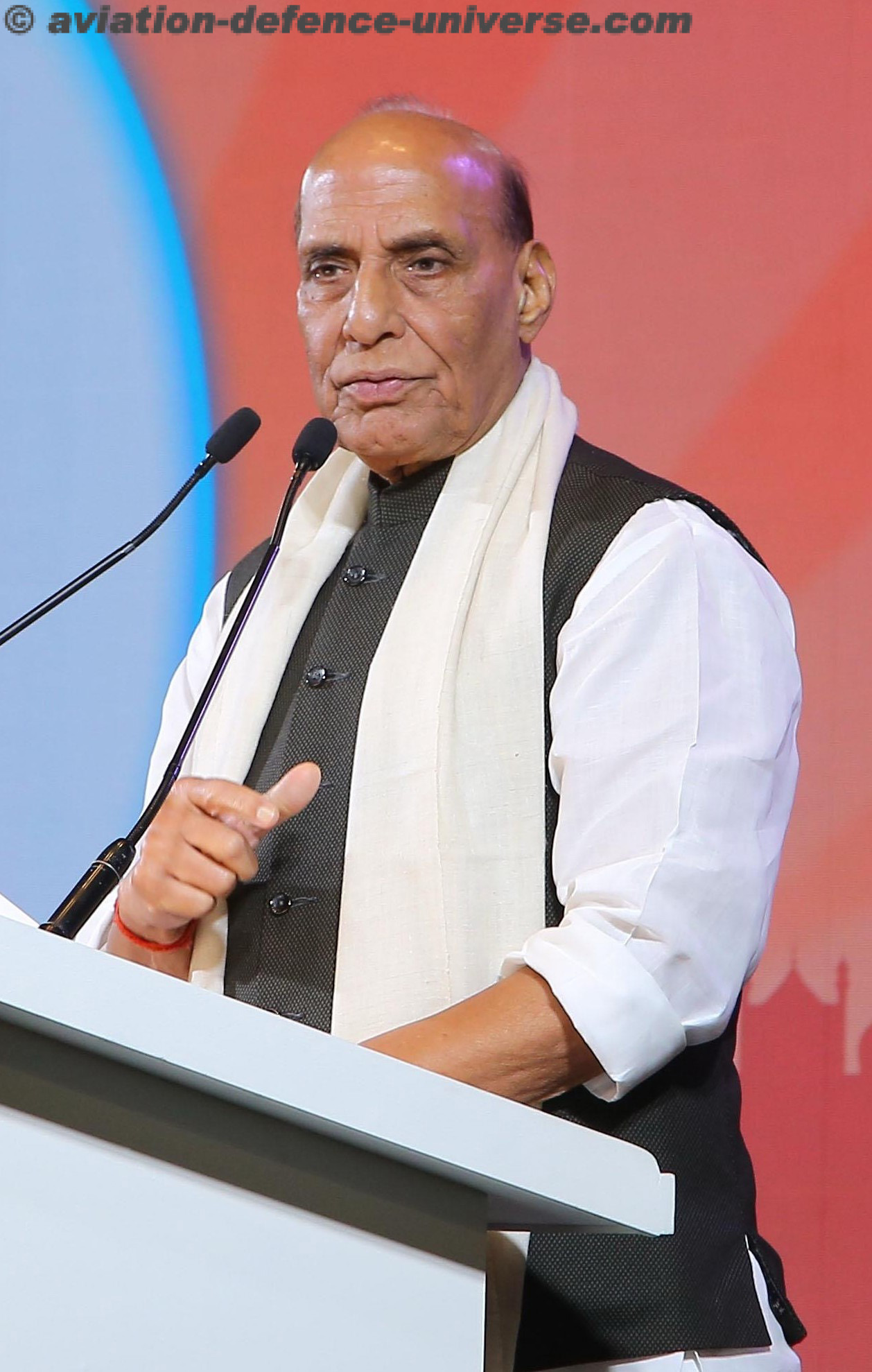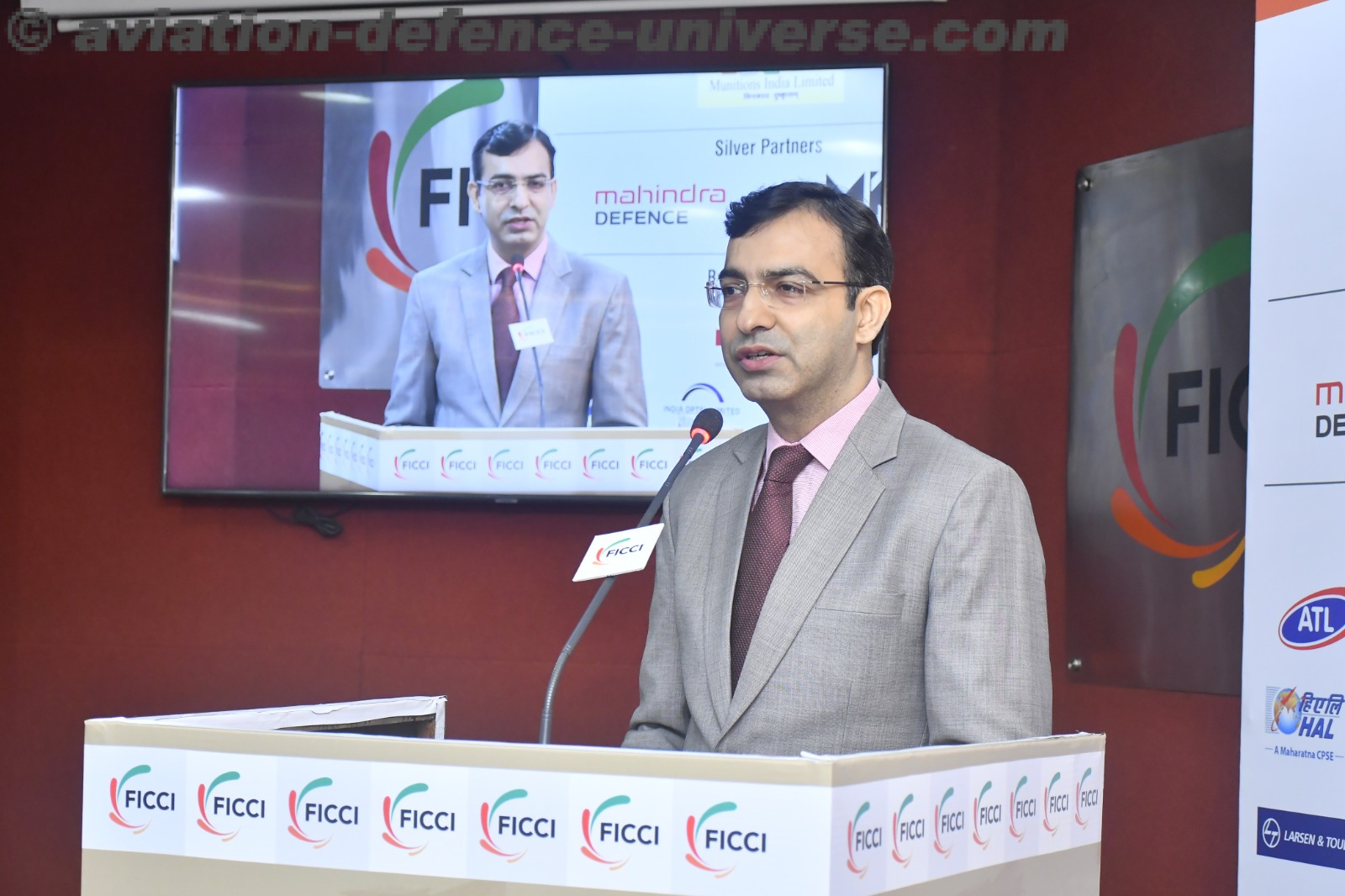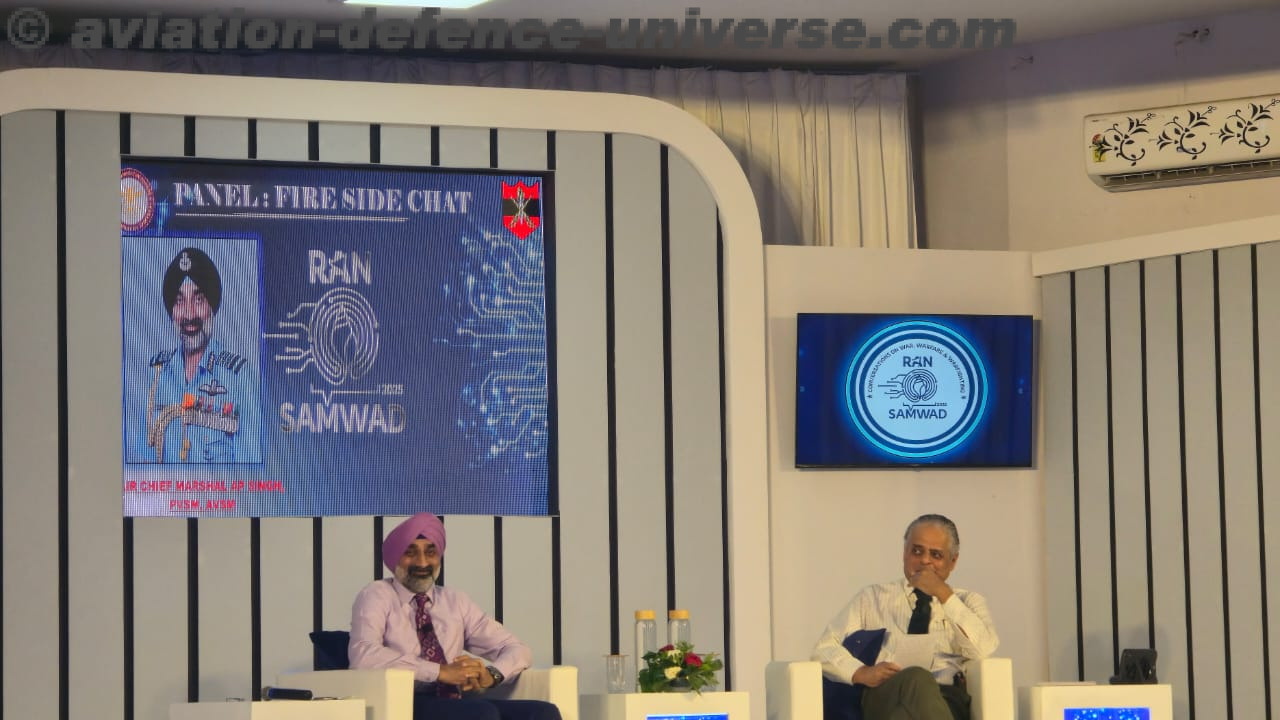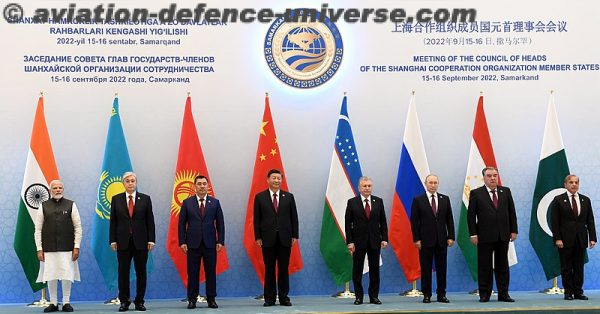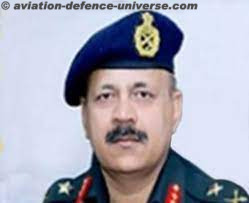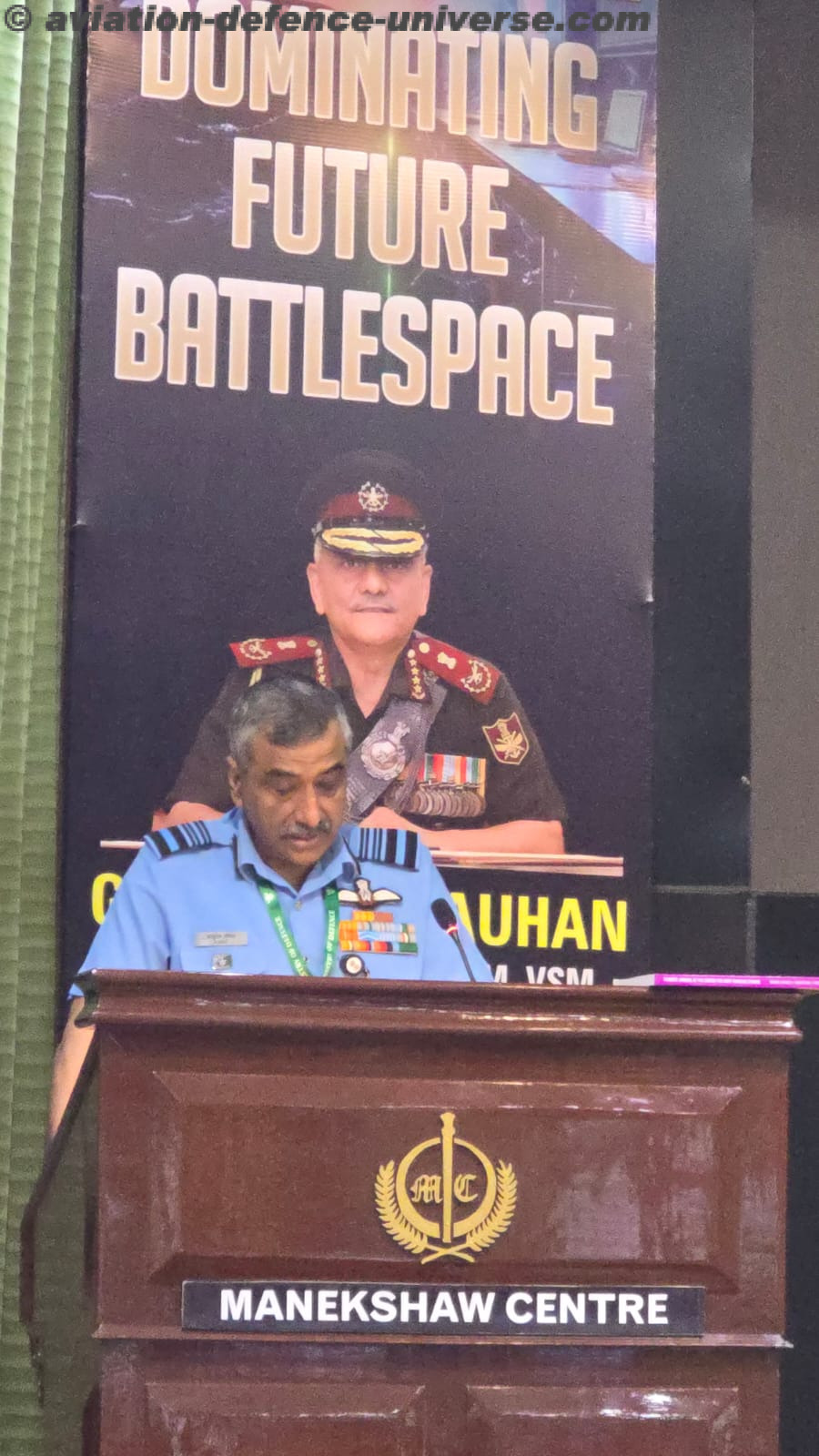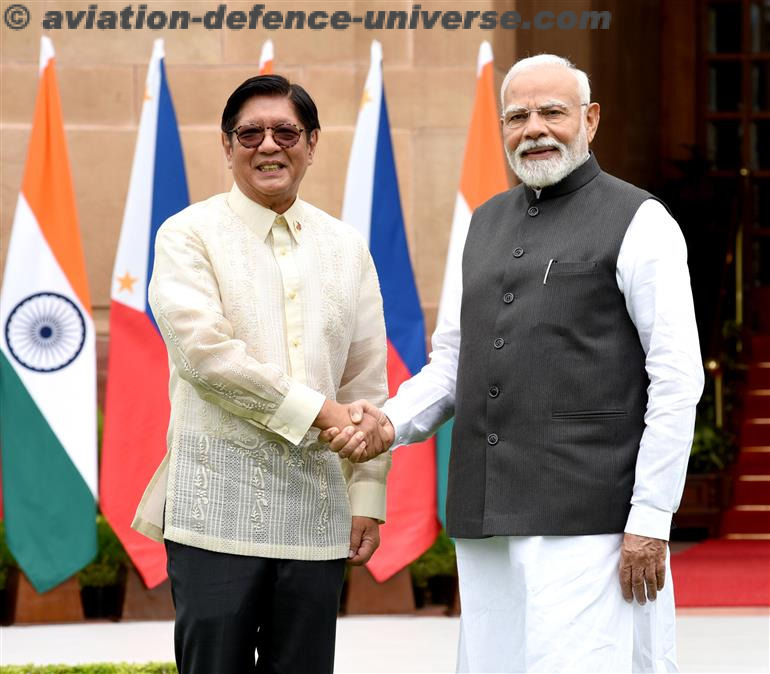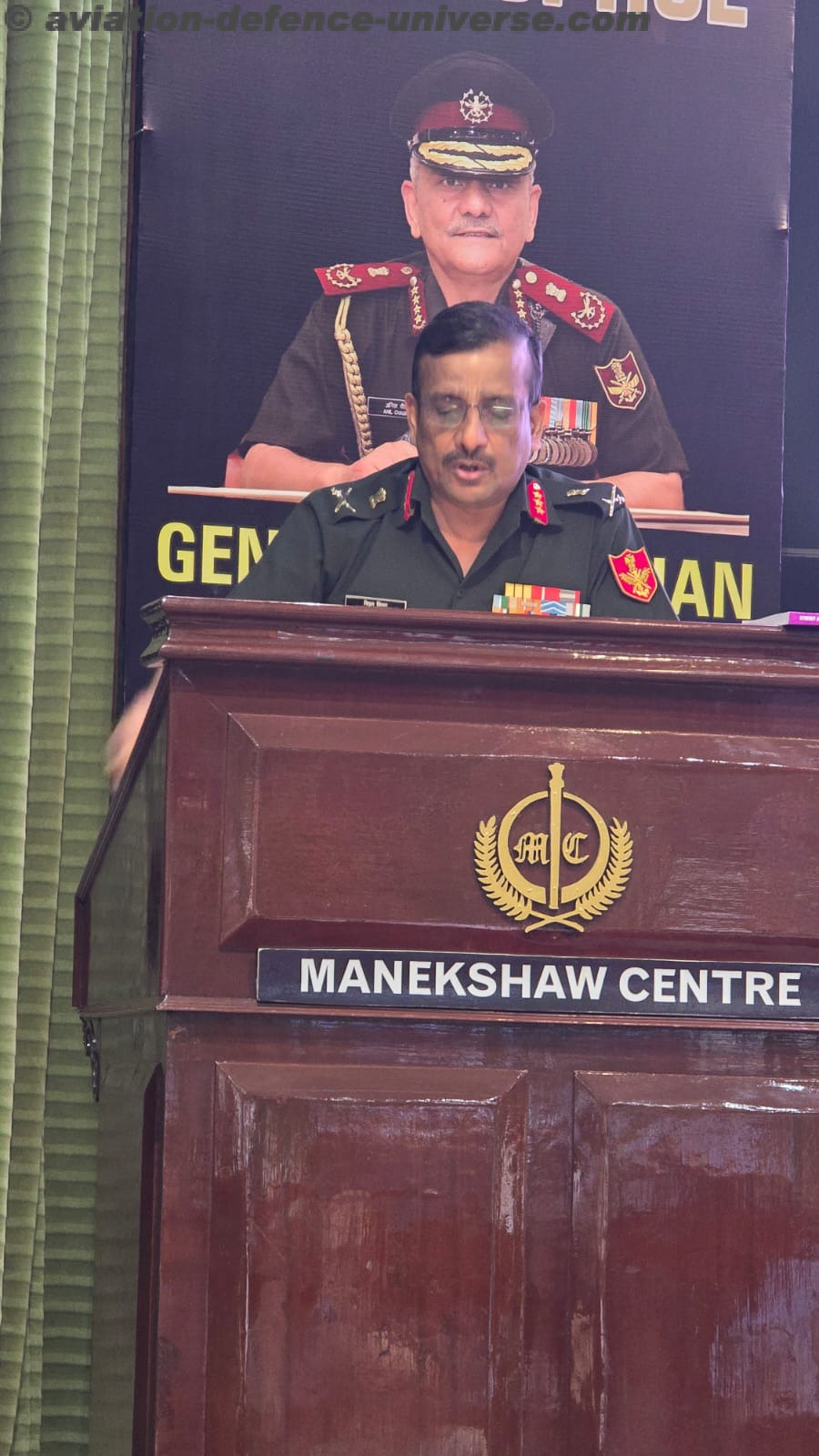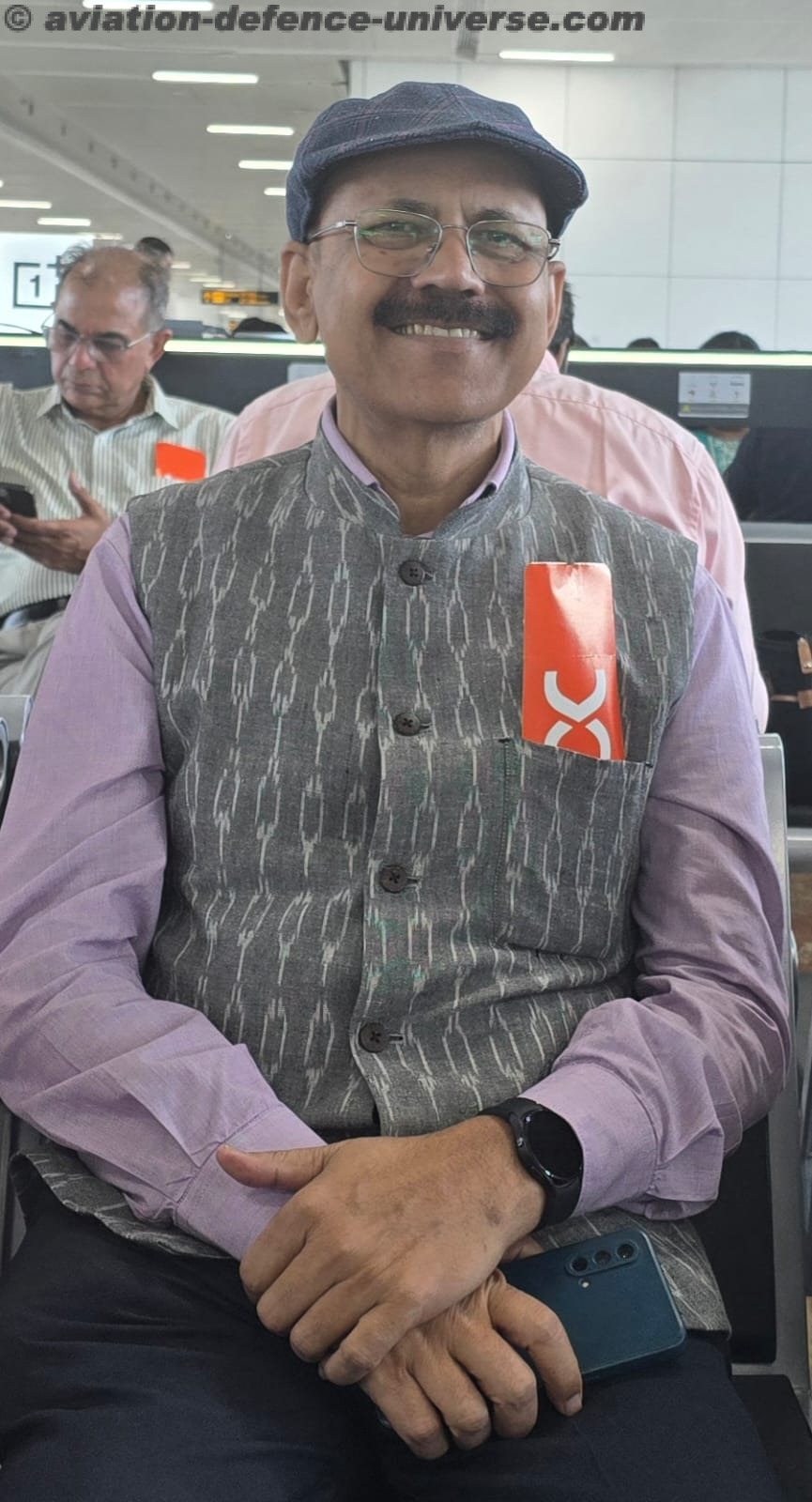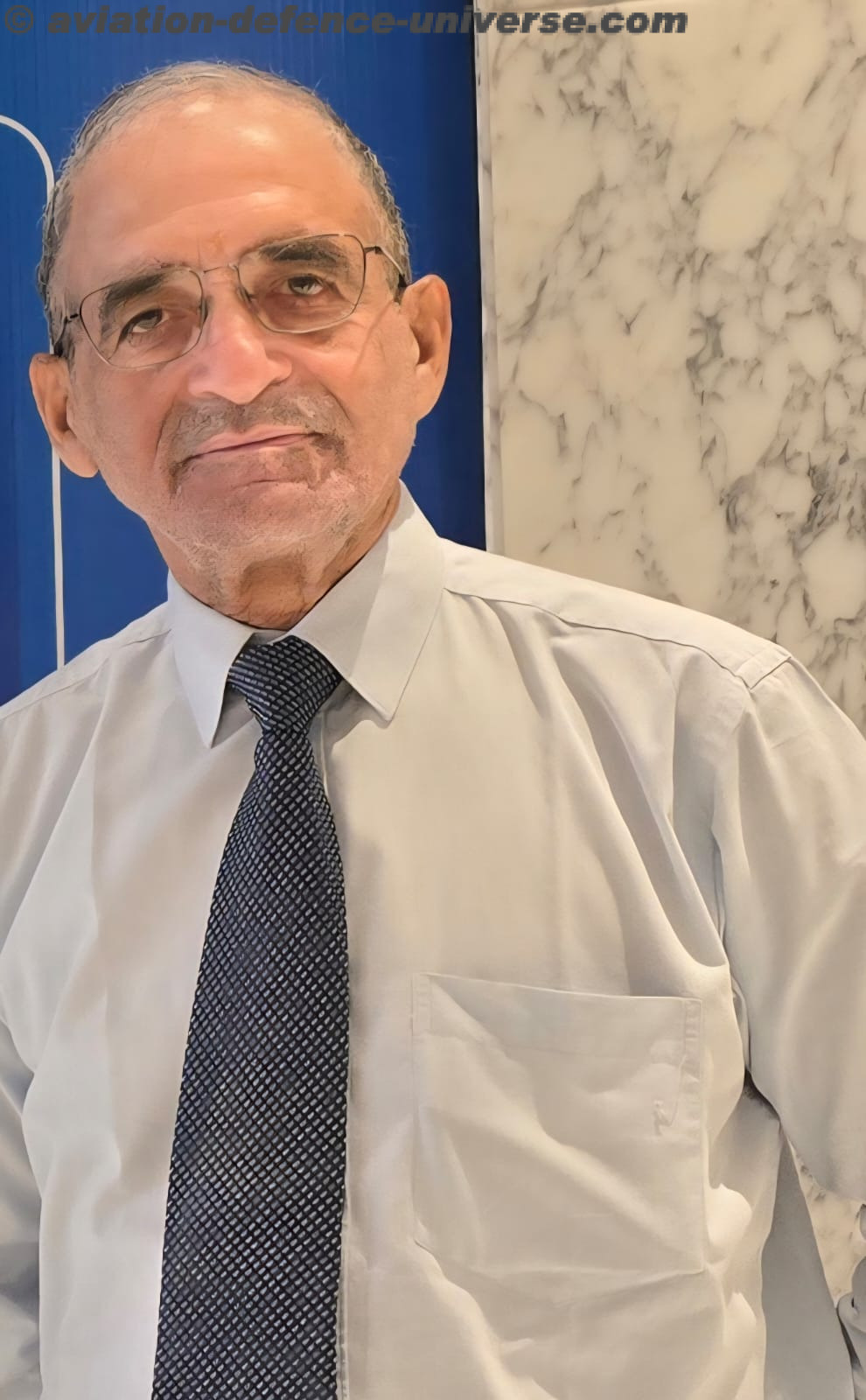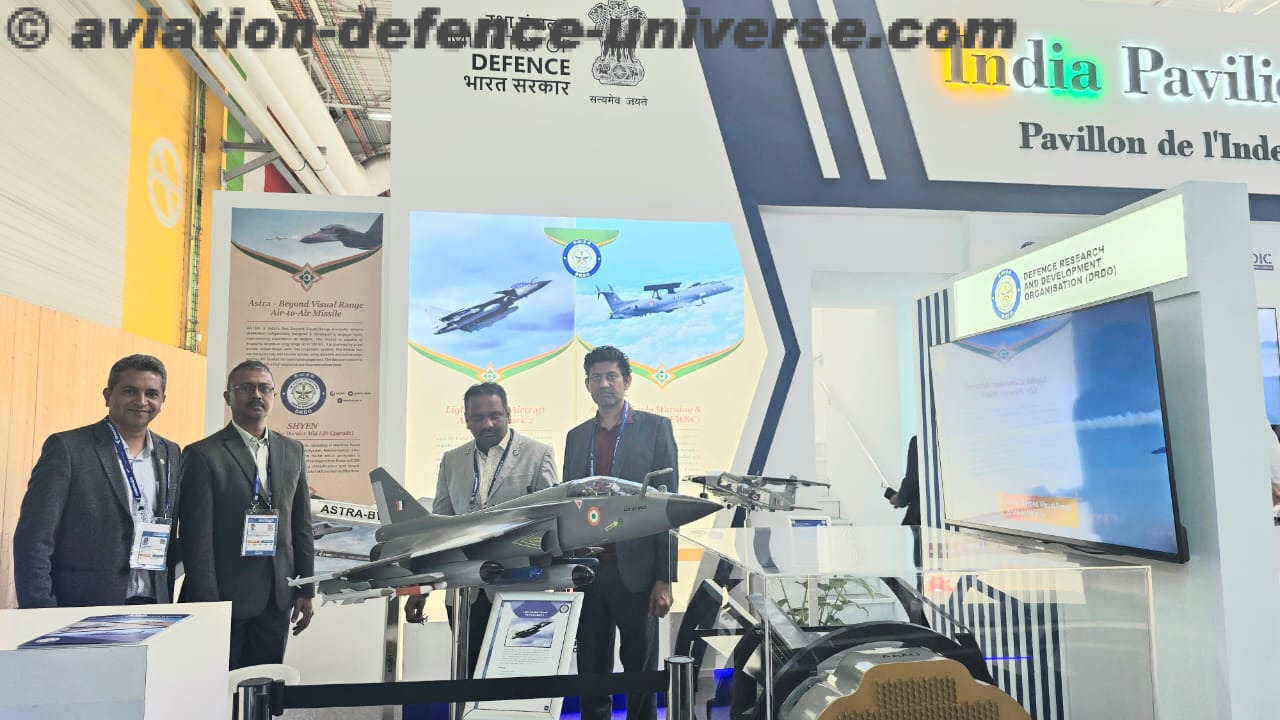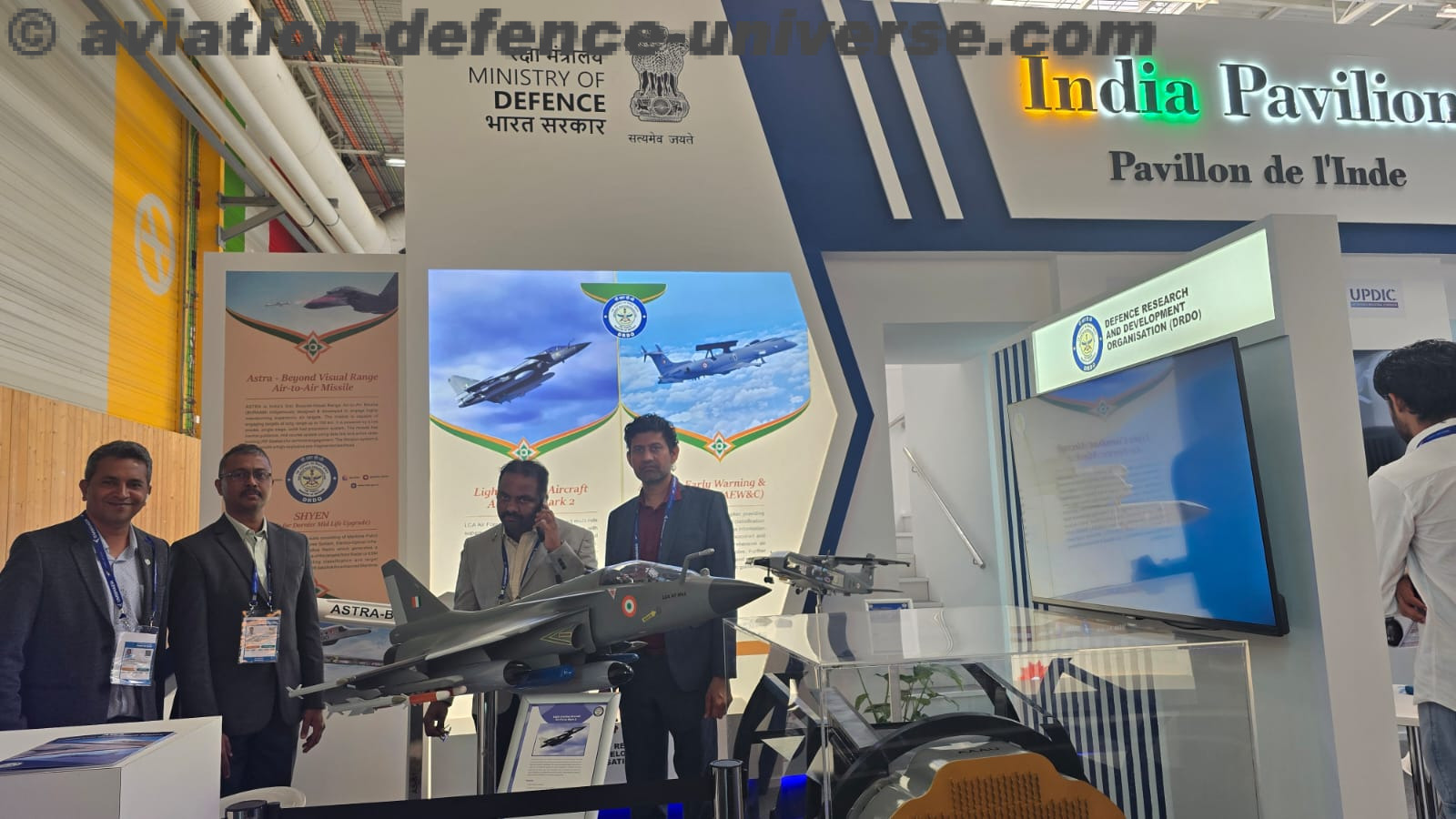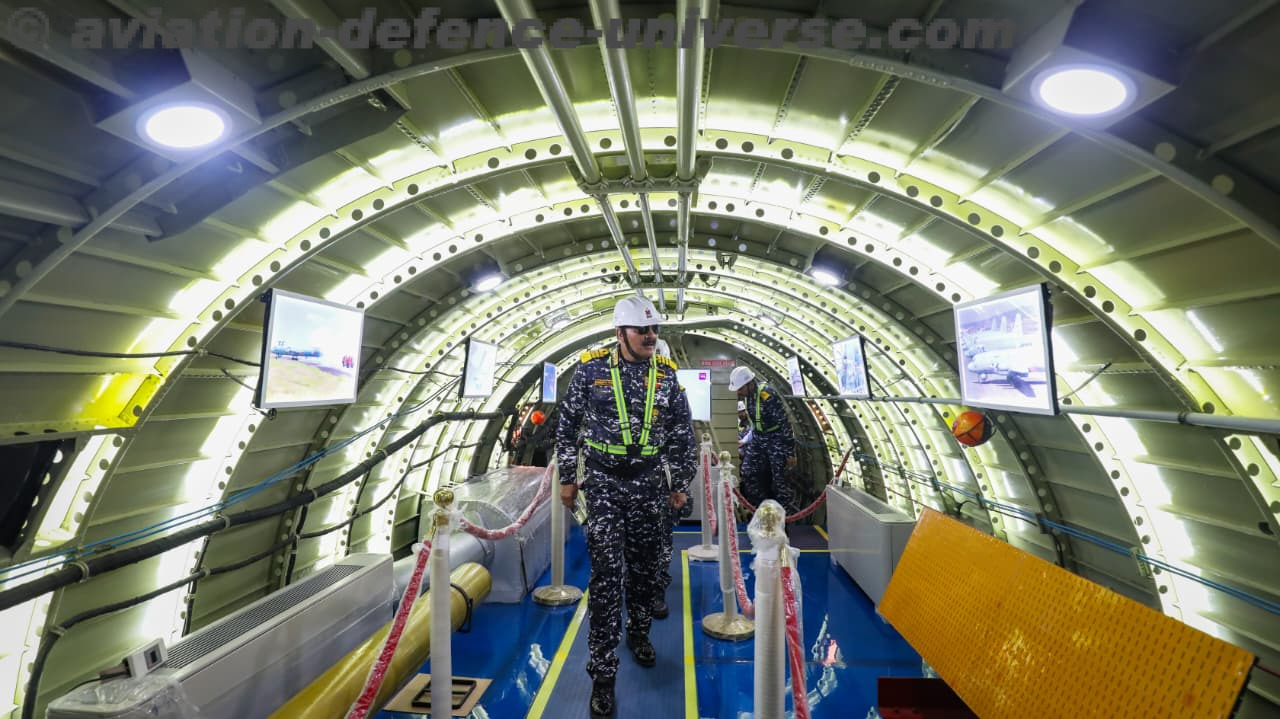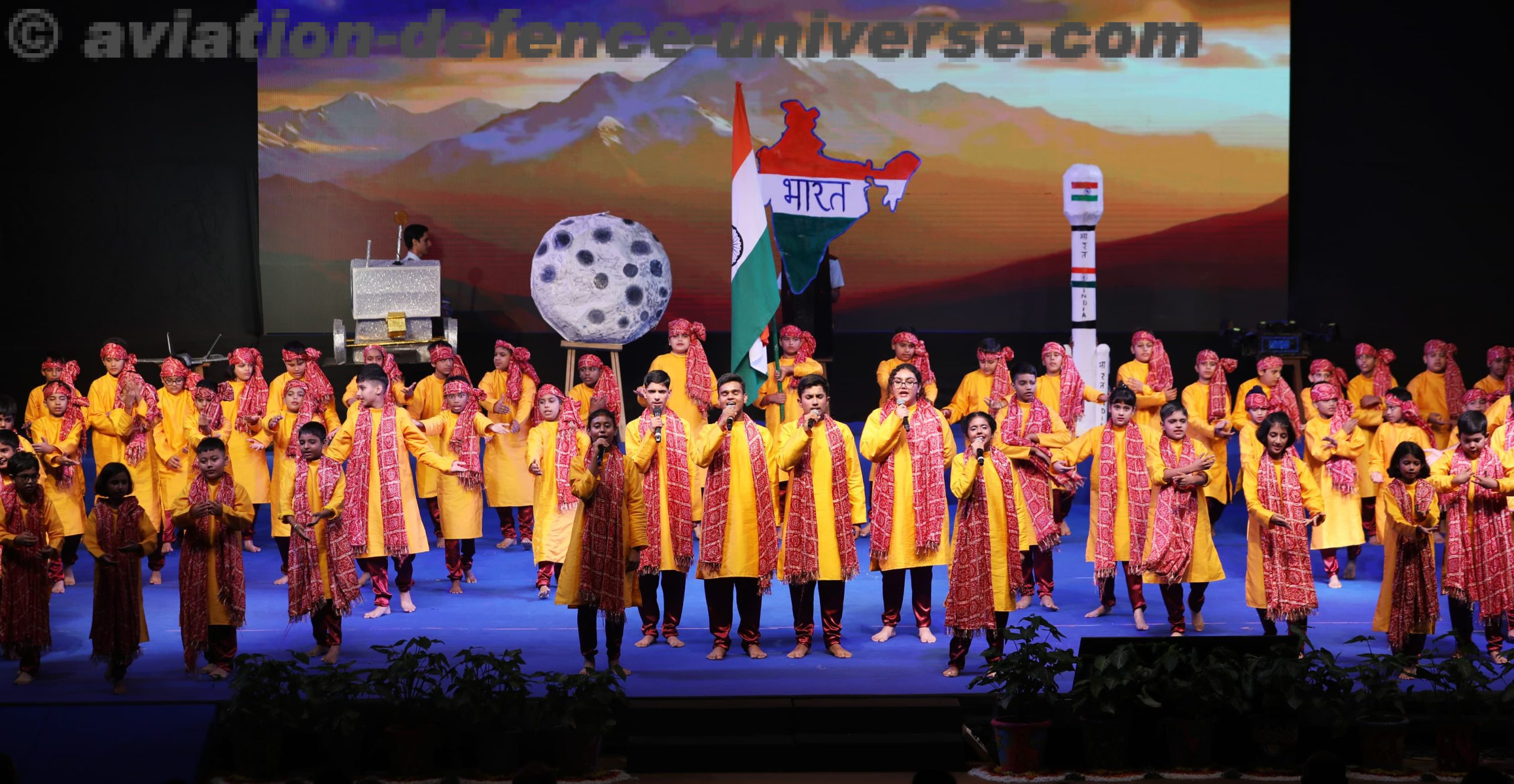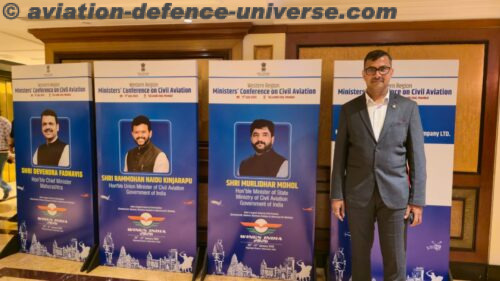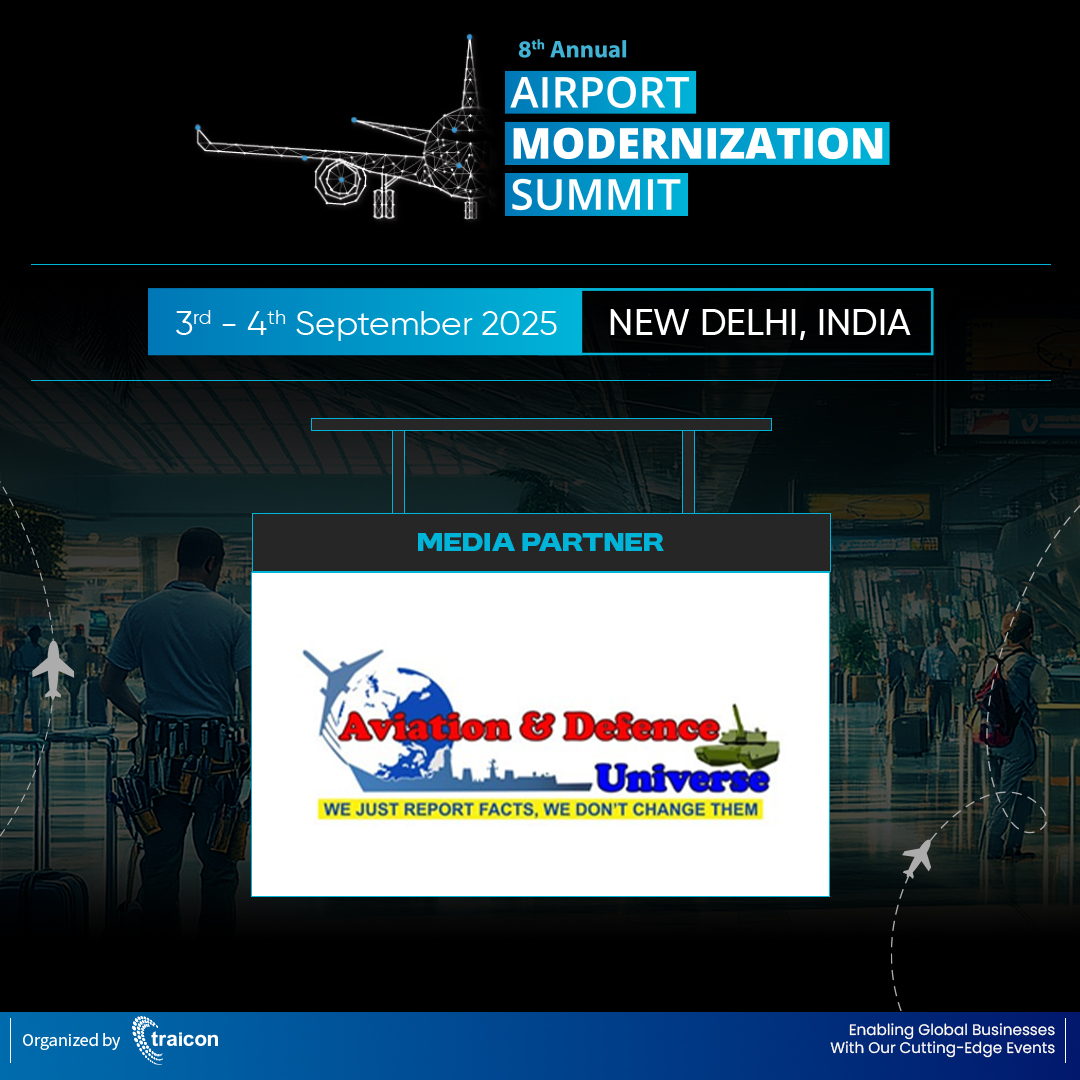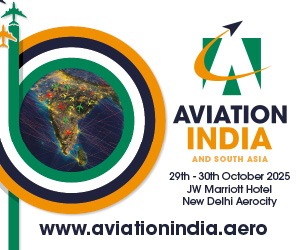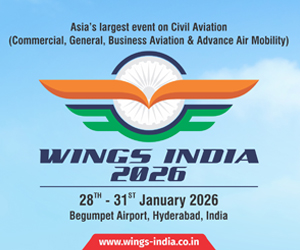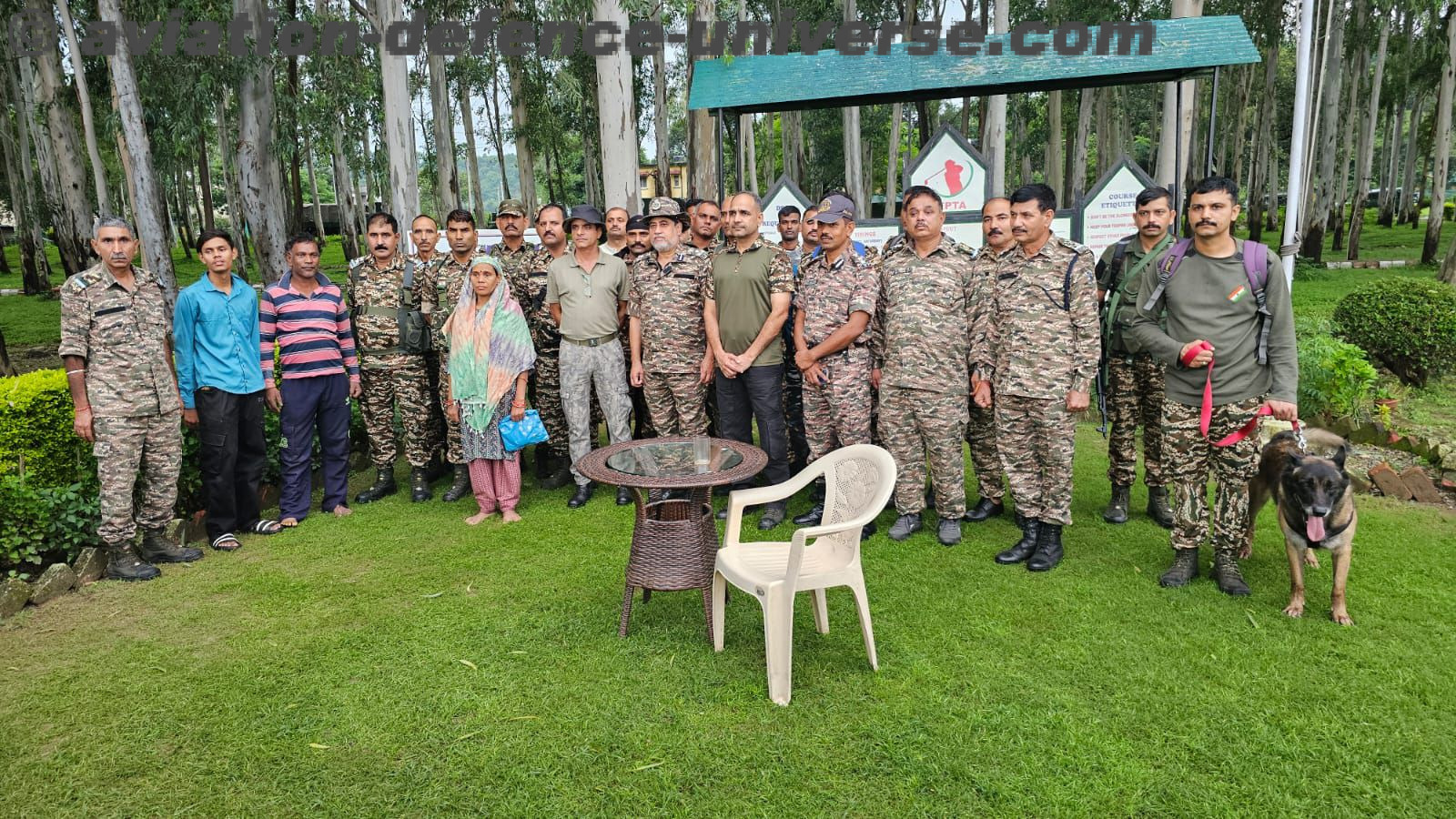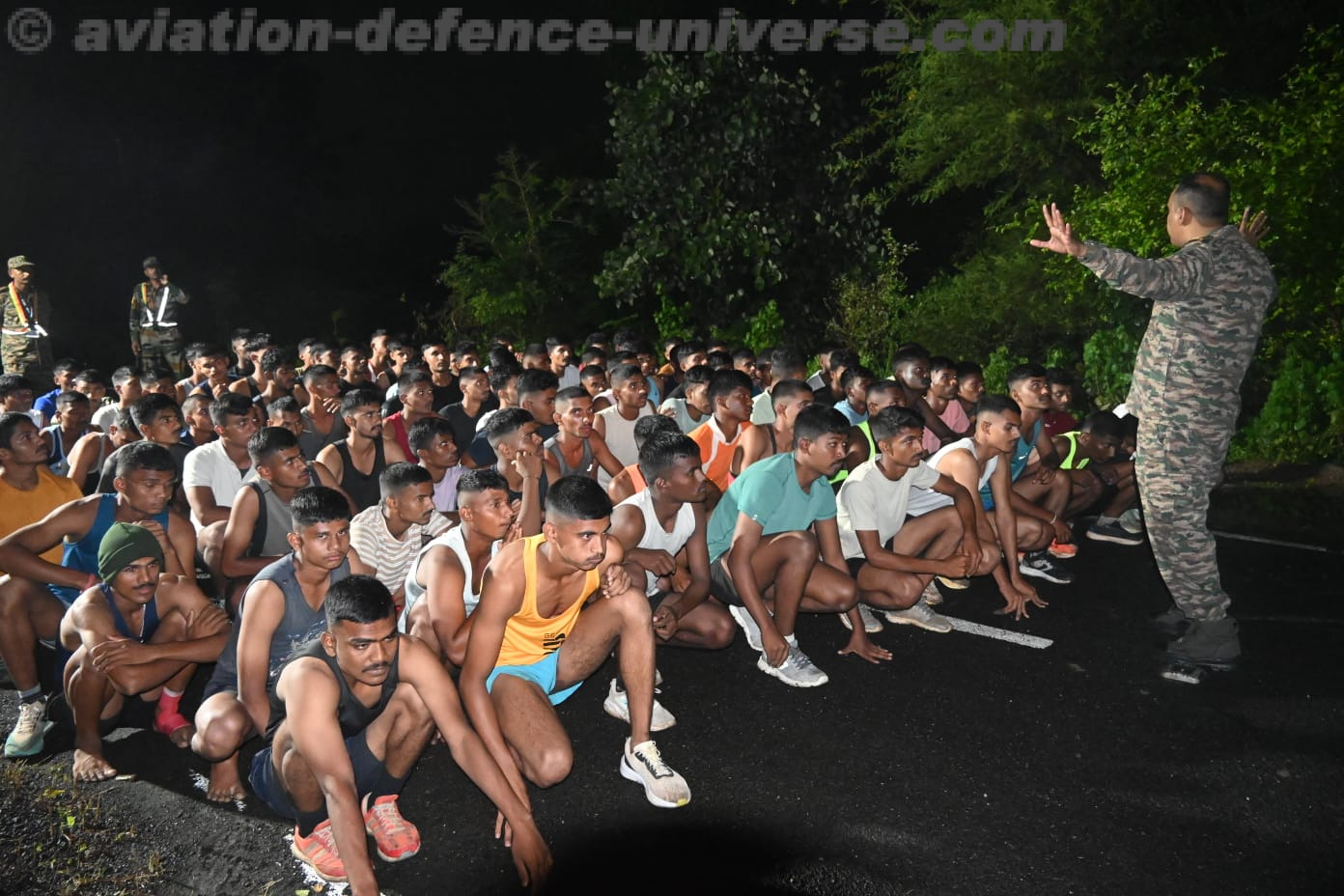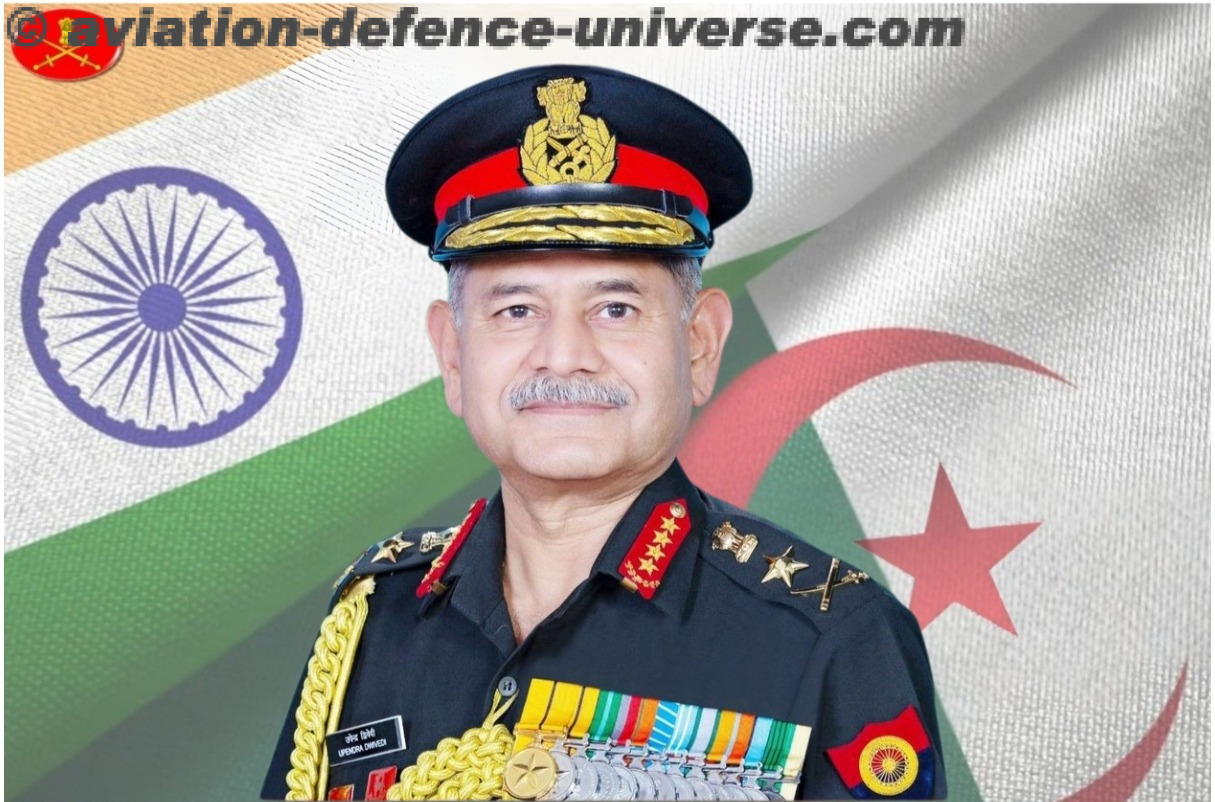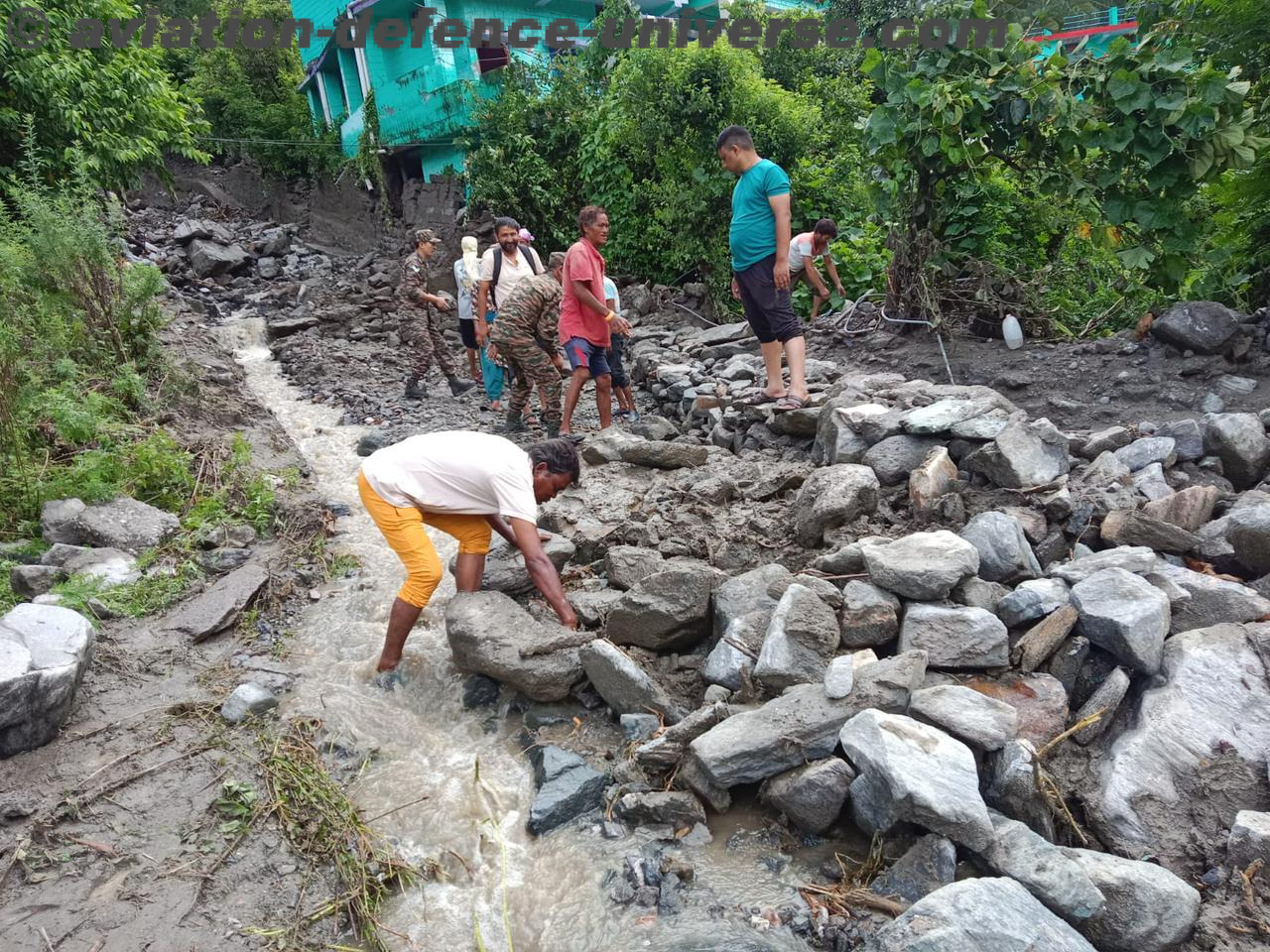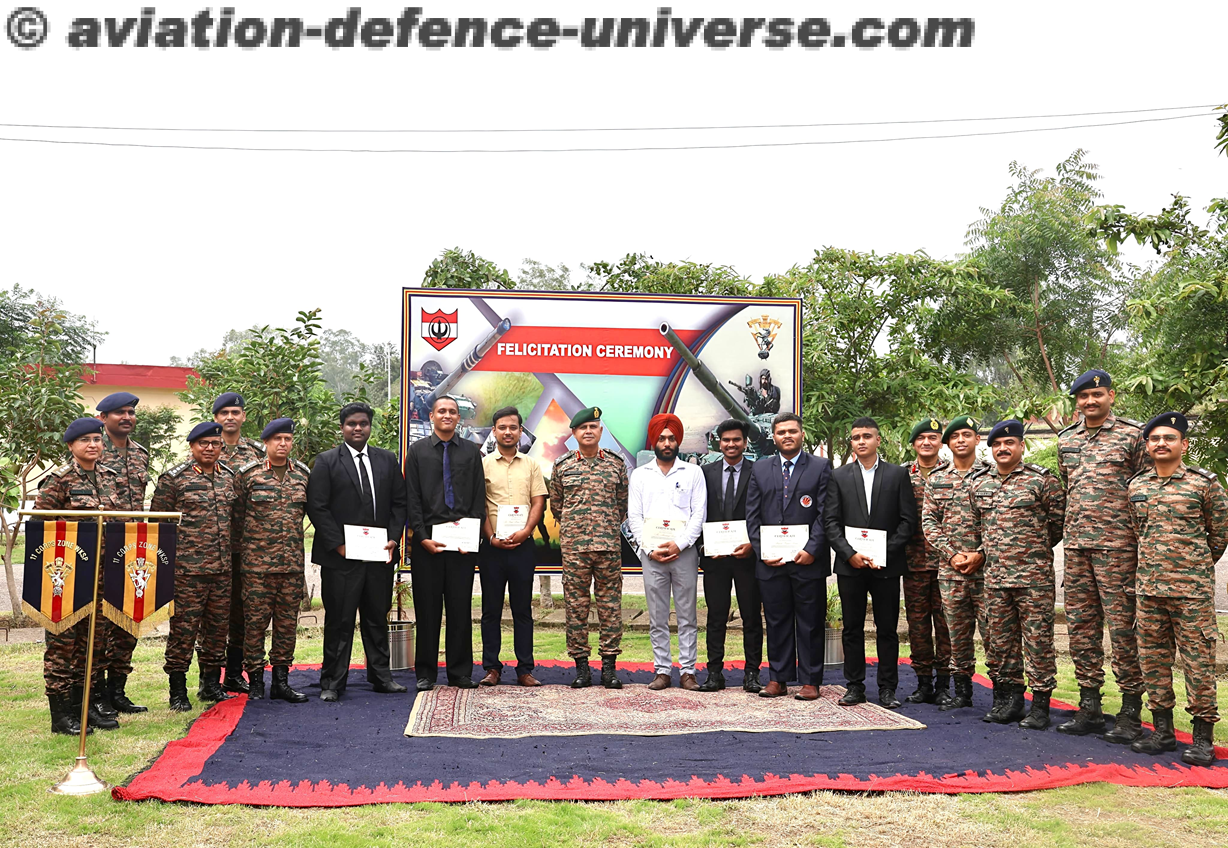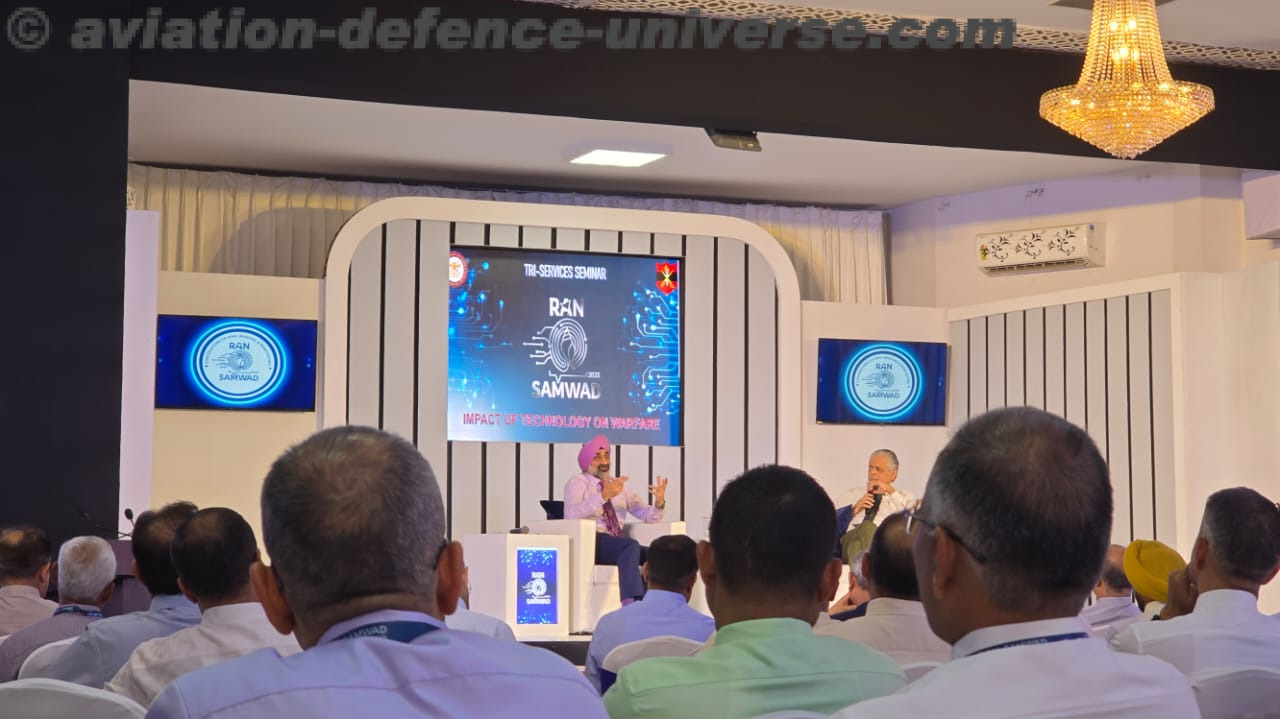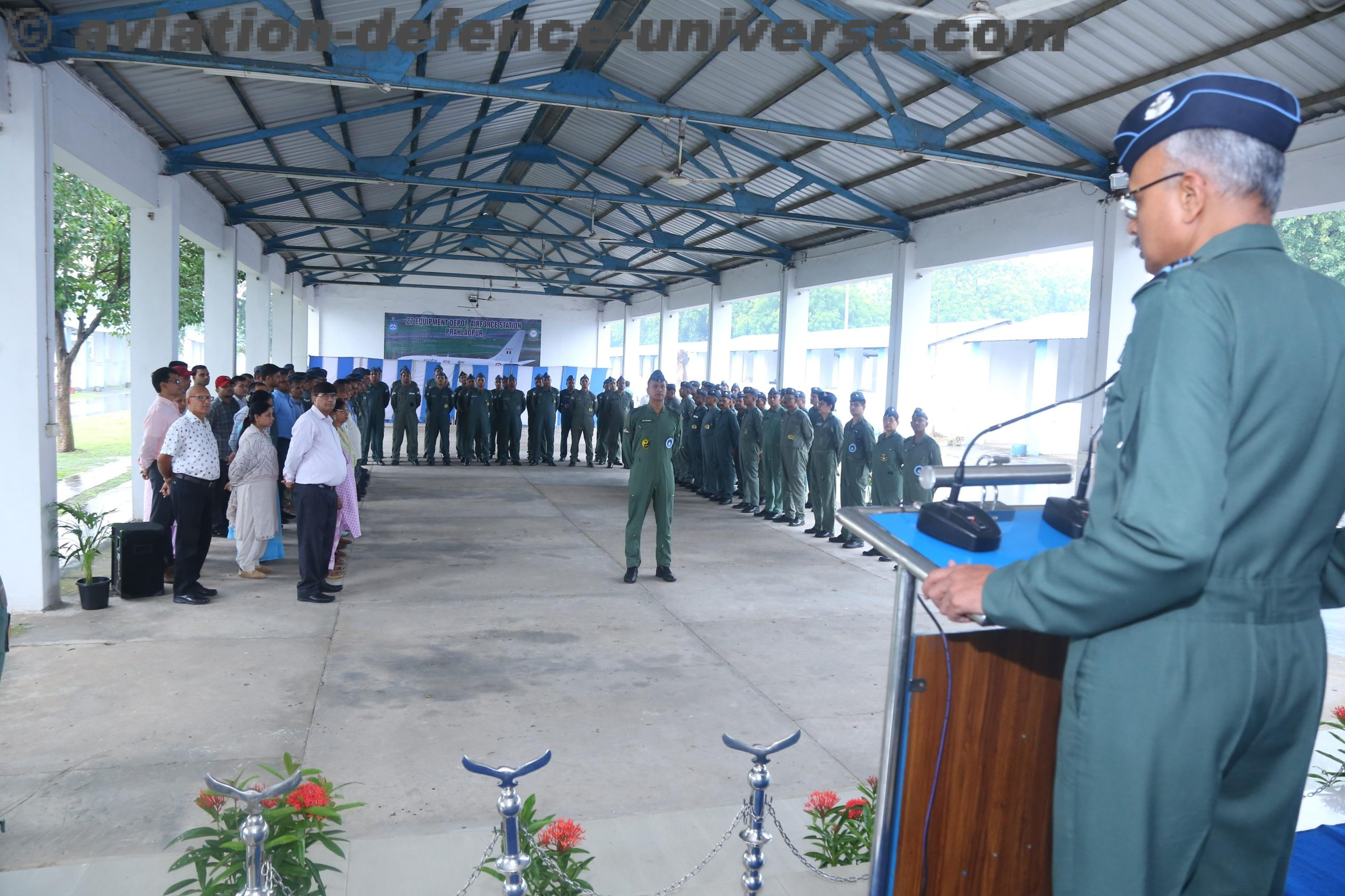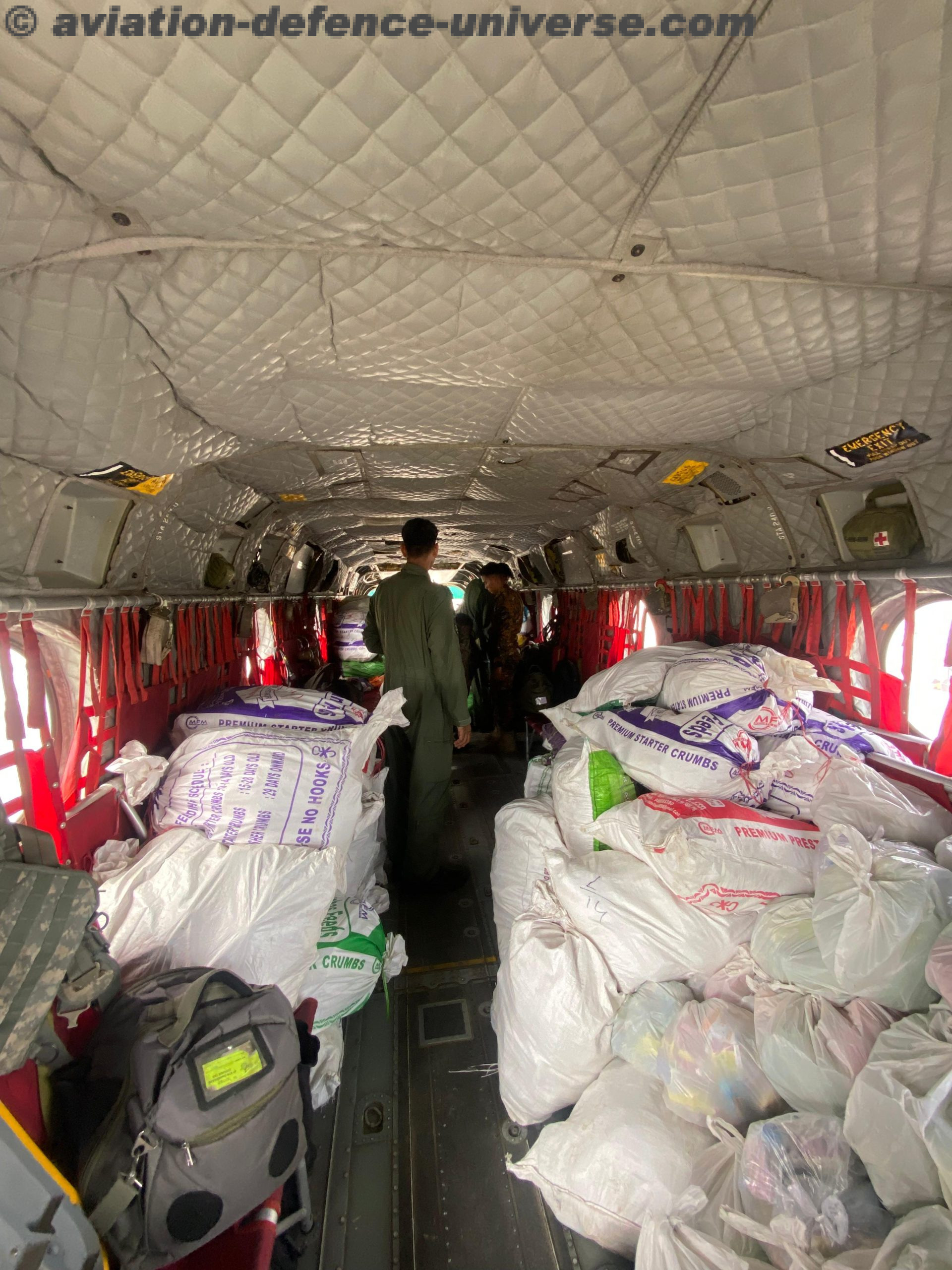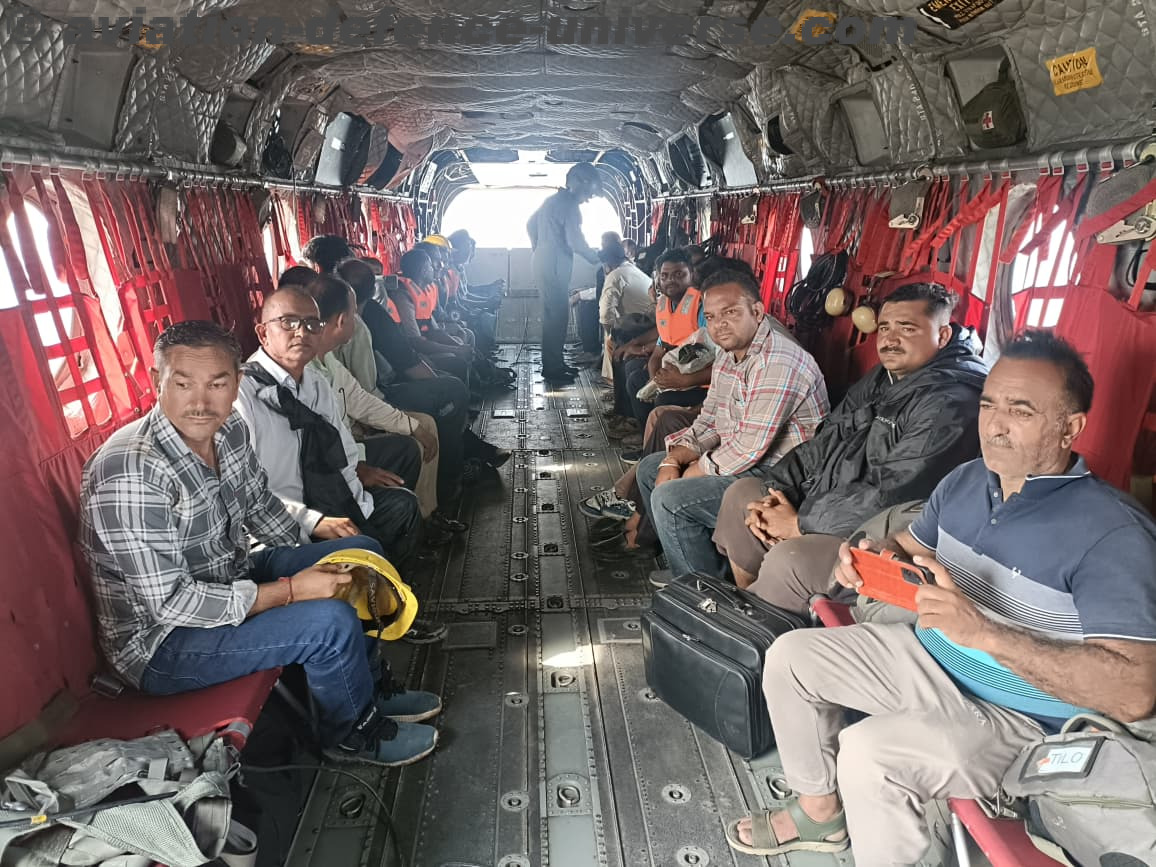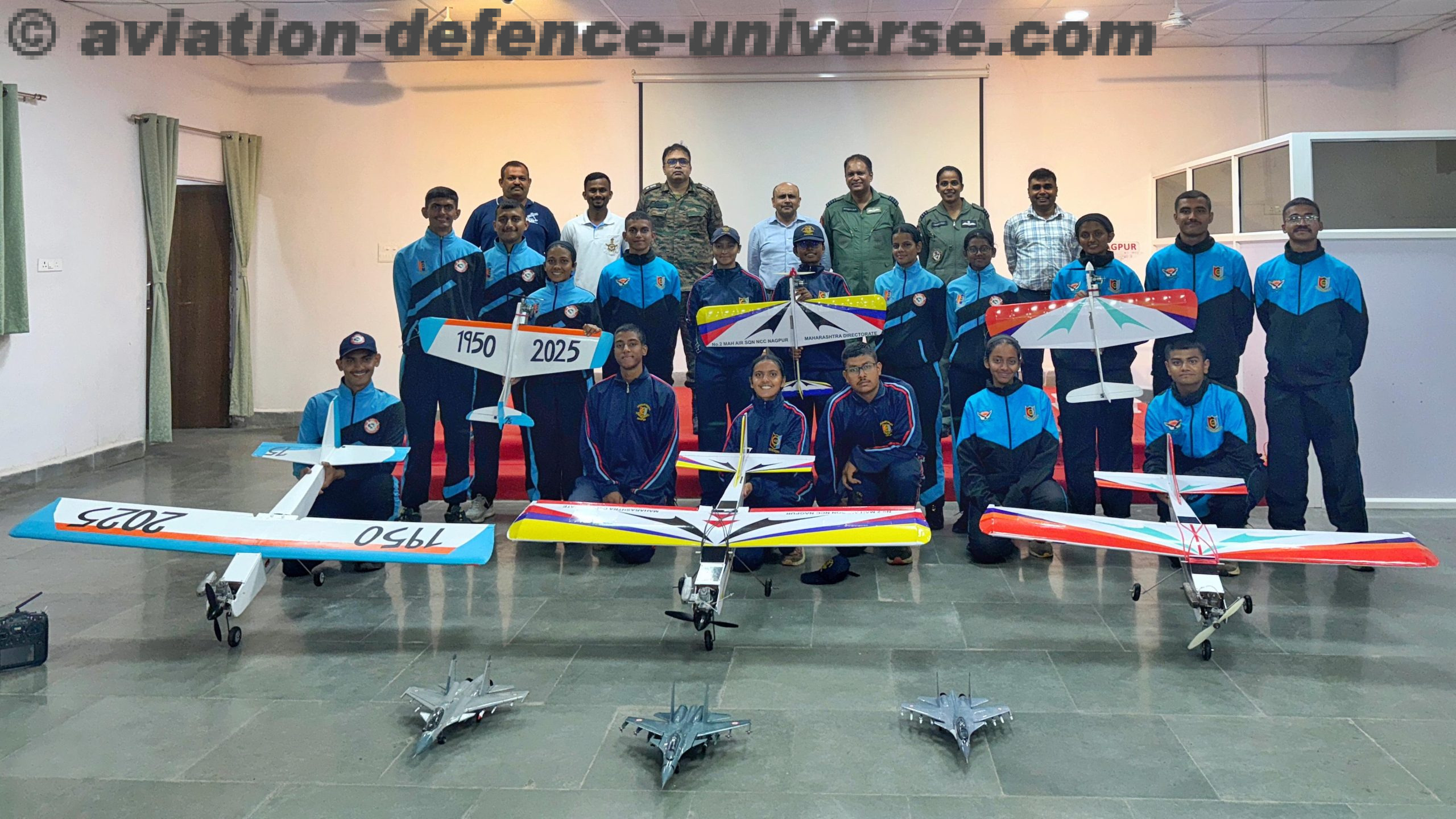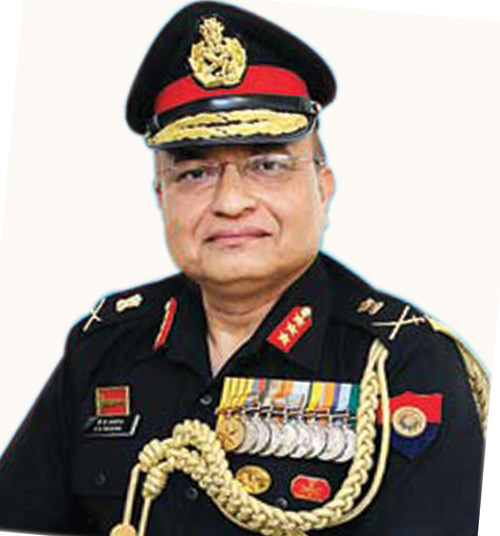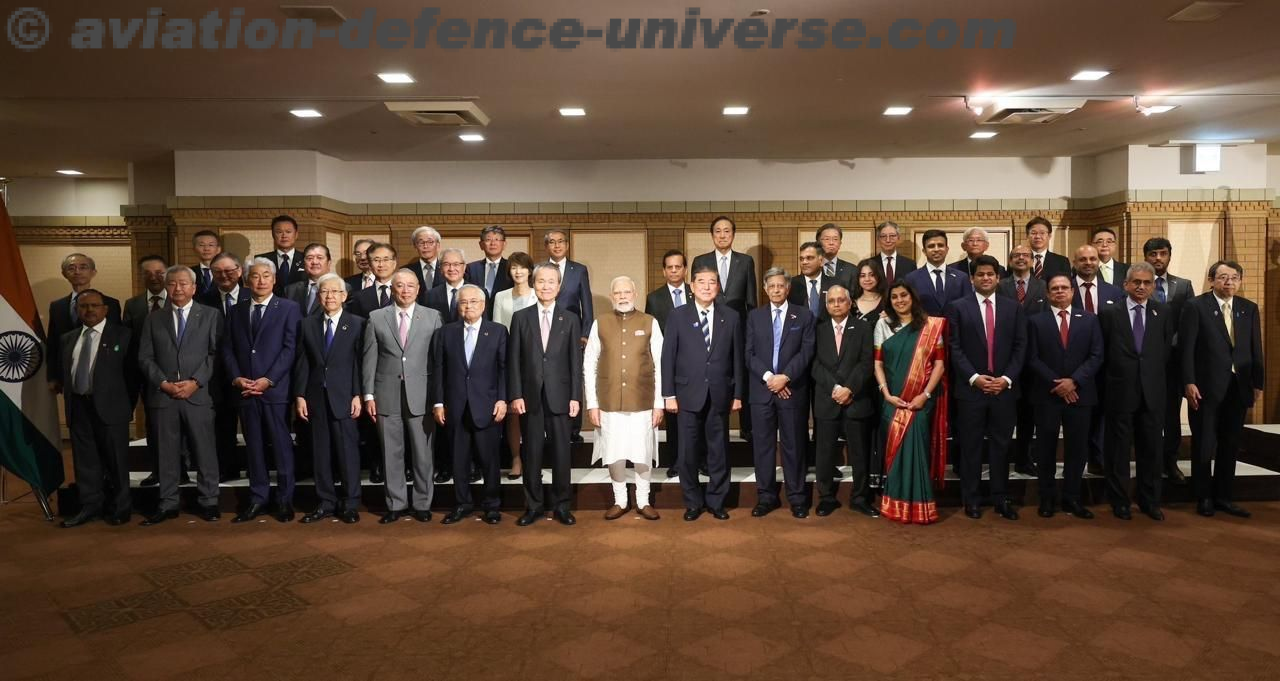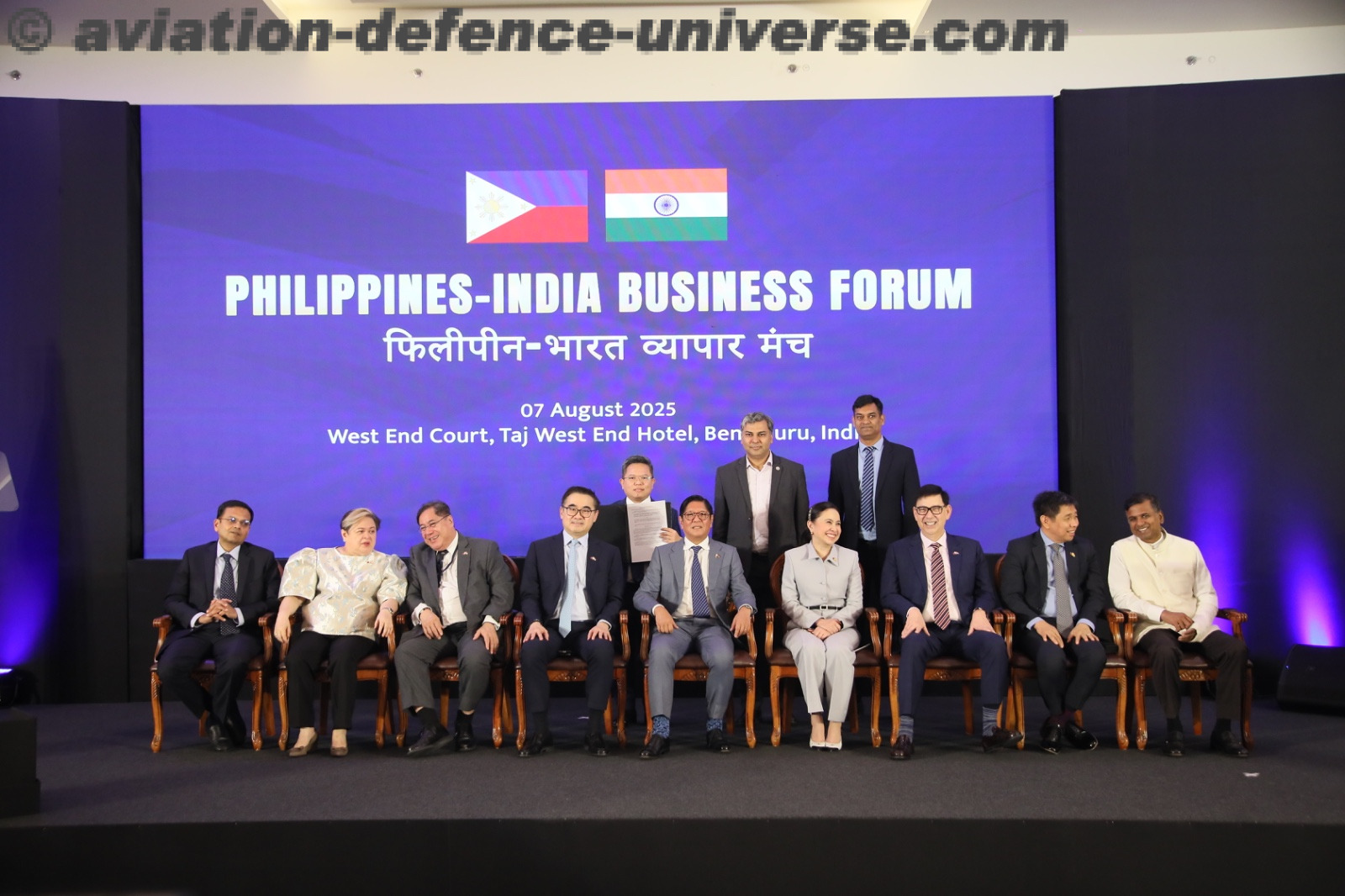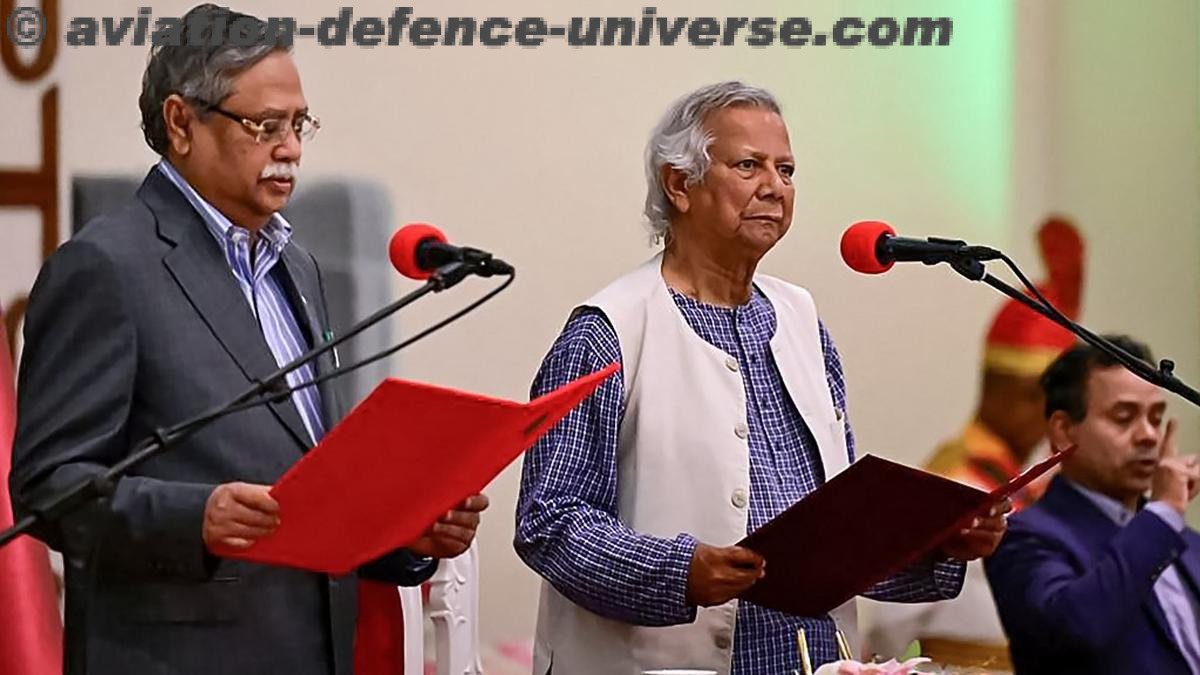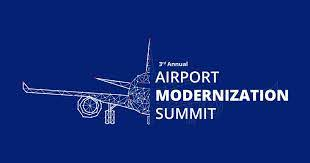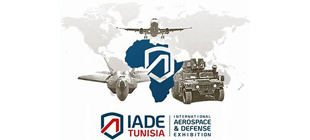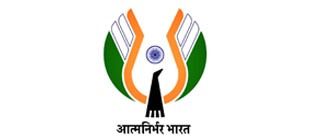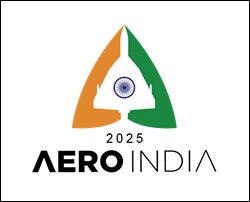- From Runways to Remote Towns: The India One Air Story told by CEO Wg Cdr Prem Garg
By Sangeeta Saxena
New Delhi. 22 July 2025. “Wings to the Heartland: India One Air’s Mission to Connect Tier-2 & Tier-3 Cities” reflects the airline’s transformative vision, as articulated by it’s CEO, who affirms, General Aviation is the future for regional India. From linking remote airstrips to enabling seamless intra-regional mobility, India One Air is “making India fly from the inside out.” With its fleet of small aircraft creating “big impact,” the airline is bridging geographical divides and fulfilling the promise of UDAN by connecting India’s hinterlands one flight at a time. “Flying into the future” is not just about expanding routes, but also about offering last-mile air access to underserved communities. Through its determined focus on underserved airports and grassroots connectivity, India One Air is writing the story of “wings of change” — one takeoff from a remote town at a time.
 At the recent Western Region Conclave for Civil Aviation Ministers, Aviation & Defence Universe (ADU) caught up with Wing Commander Prem Garg (Retd.), CEO & Accountable Manager at India One Air and DGCA Examiner. As one of the few scheduled commuter airlines dedicated to regional connectivity, India One Air is pioneering last-mile air travel for Tier-2 and Tier-3 cities across India. In this insightful exchange, Wing Commander Garg shared his perspectives on the growth of general aviation, the importance of infrastructure development, and the airline’s ambitious journey under UDAN.
At the recent Western Region Conclave for Civil Aviation Ministers, Aviation & Defence Universe (ADU) caught up with Wing Commander Prem Garg (Retd.), CEO & Accountable Manager at India One Air and DGCA Examiner. As one of the few scheduled commuter airlines dedicated to regional connectivity, India One Air is pioneering last-mile air travel for Tier-2 and Tier-3 cities across India. In this insightful exchange, Wing Commander Garg shared his perspectives on the growth of general aviation, the importance of infrastructure development, and the airline’s ambitious journey under UDAN.
ADU. India One Air is among the very few operators focusing exclusively on Tier-2 and Tier-3 cities. What inspired this vision?
Wg Cdr Prem Garg (Retd.). We saw an enormous gap in regional connectivity—particularly in the smaller towns that lacked viable air travel options. UDAN was a game-changer, and we at IndiaOne Air took it as an opportunity to give these underserved areas a connection to the skies. Our aim is to make flying affordable and accessible, not just a luxury. With smaller aircraft and dedicated teams, we’re able to operate where others hesitate.It exemplifies the spirit of regional aviation—resilient, resourceful and forward-looking. With India One Air, we are not just operating an airline, but opening gateways for economic and social development in India’s interiors. Our vision for regional aviation places Tier-2 and Tier-3 cities squarely on the national connectivity map, bringing India’s heartland closer to the future of flight.
ADU. Tell us about India One Air and its operations.

ADU. What routes and cities are currently part of your network?
Wg Cdr Prem Garg (Retd.). We are presently operating across 18 routes, connecting eight cities—all originating from Bhubaneswar. Our major operational hubs include Bhubaneswar, Kolkata, Visakhapatnam, and Raipur. The core idea behind our network is to connect Tier 1 and Tier 2 cities with Tier 3 locations—especially those with short runways categorized as 2B, which typically means a runway length of less than one kilometre.
ADU. Could you elaborate on the Tier 3 cities you serve and how has it made a difference to them?
Wg Cdr Prem Garg (Retd.). We connect four key Tier 3 cities with shorter runways: Cooch Behar in West Bengal, Jamshedpur in Jharkhand, Utkela and Jeypore in Odisha. These locations have runway lengths ranging from 700 to 1,000 meters—where larger aircraft like the ATRs cannot operate. If you look at the geography, these airports are often 8 to 12 hours by road or rail from the nearest Tier 2 cities. In some instances, like Jamshedpur to Cooch Behar, it could even take 20 hours. That’s a huge inconvenience, especially for medical emergencies, the elderly, and children. By providing direct connectivity, we are transforming accessibility.
ADU. Was this network expansion aligned with any government initiative?

ADU. Is general aviation becoming affordable for people in small towns and Tier-3 cities?
Wg Cdr Prem Garg (Retd.). That’s where the vision of the UDAN scheme comes in. Launched in 2016, UDAN was conceptualised to address the viability of regional aviation in India, especially for Tier-3 cities. The initial scheme is valid until 2026, but given its success, it’s already been extended until 2036. The government has recognised that small aircraft operations, especially those with under 19 seats, have significantly higher per-seat operational costs—sometimes 3 to 4 times that of a large aircraft. To keep fares affordable—say in the ₹3,000–₹4,000 range for a 300-kilometre journey—the government introduced viability gap funding (VGF) to bridge the cost difference.
ADU. So, small aircraft and short runways—how big is the potential for expansion?
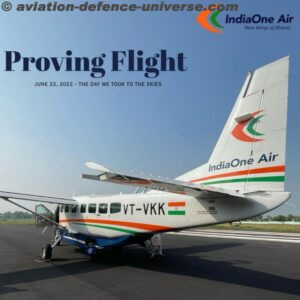
ADU. How has India One Air approached this regional model under UDAN?
Wg Cdr Prem Garg (Retd.). We launched our operations in 2020 and received our scheduled commuter airline license in June 2022. Since then, with just three aircraft, we’ve operated over 9,000 flights—effectively proving the concept. The idea was to test intra- and inter-state regional connectivity in a focused geography. We realised—along with government bodies like BAOA—that for these small aircraft to operate sustainably, support must come not only from the centre but also from state governments and, eventually, local businesses. We see this as more of a CSR-driven ecosystem than a pure profit-making venture. If a region benefits from aviation connectivity, it should take partial ownership. That’s the only way we can make this model viable in the long run.
ADU. Do you see a future for this model beyond the pilot phase?
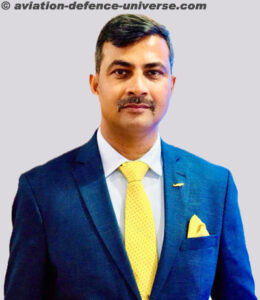
ADU. What is your long-term vision for regional air connectivity in India?
Wg Cdr Prem Garg (Retd.). The way we see it, this model of regional aviation creates an entire ecosystem. When people see growth coming out of this connectivity—economic, social, and infrastructural—many of the existing challenges will naturally get resolved. Everyone wants growth, and aviation can catalyse that growth in Tier-3 regions. That is the bigger vision we are committed to.
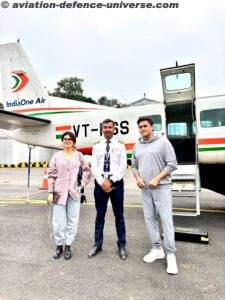
ADU. How did it feel to have ferried R Madhavan and Fatma Sana Sheikh?
Wg Cdr Prem Garg (Retd.). It was an absolute delight and a proud moment for all of us at India One Air to welcome the legendary R. Madhavan and Fatima Sana Shaikh—stars of Aap Jaisa Koi—on board during their journey from Jamshedpur to Kolkata and back. Experiences like these reaffirm our mission of bridging India’s heartland with its metro cities. We were honoured by Mr. Madhavan’s gracious words and support, which truly energize our vision of last-mile connectivity. Moments like these showcase how even Tier 3 towns can now be connected seamlessly with the rest of the country, enabling access and opportunity for all.
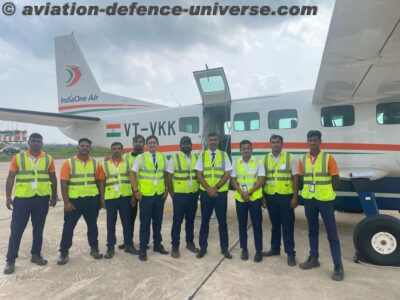
Wg Cdr Prem Garg (Retd.) exemplifies the spirit of regional aviation—resilient, resourceful, and forward-looking. With IndiaOne Air, he’s not just operating an airline, but opening gateways for economic and social development in India’s interiors. His vision for regional aviation places Tier-2 and Tier-3 cities squarely on the national connectivity map, bringing India’s heartland closer to the future of flight.
As told to Sangeeta Saxena


